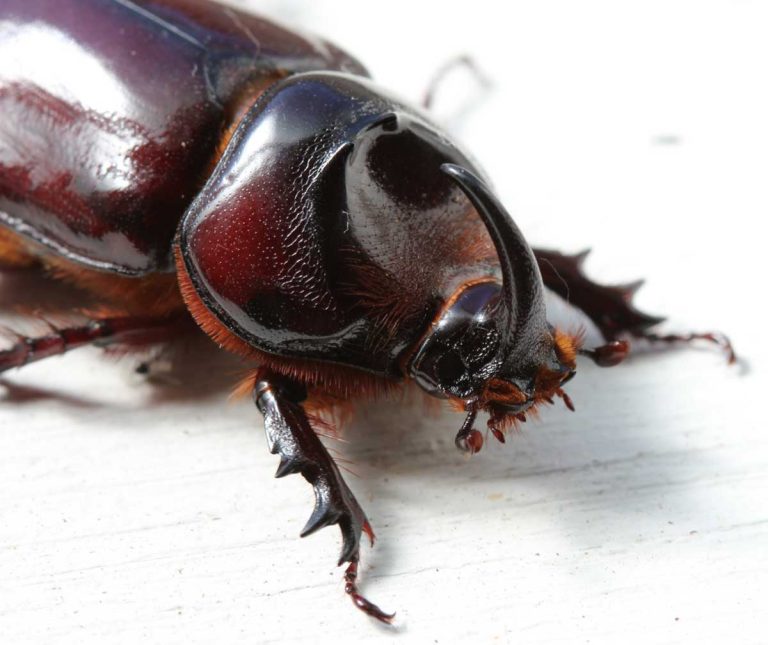Snow Peas
Scientific Classification
| Kingdom: | Plantae |
| (unranked): | Angiosperms |
| (unranked): | Eudicots |
| (unranked): | Rosids |
| Order: | Fabales |
| Family: | Fabaceae Lindl. |
| Subfamily: | Faboideae |
| Genus: | Pisum |
| Species: | Pisum sativum |
| Trinomial name: | Pisum sativum var. saccharatum |
Pisum sativum variety saccharatum or the snow pea belongs to the legume group of plants. It is a type of pea that we eat whole as a pod in the unripe state. “Mangetout”the French meaning “eat all, applies to snap peas as well as snow peas.
Anatomy
The customary English peas are round, sweet, green peas embedded in a pod; you remove the peas and discard the pod. A different variety of pea is the snow pea, flat crunchy sweet pod of the Chinese cuisine, which you eat whole. The pea has restricted growth inside the pod, but still, one pea can combine the sweetness of the English peas and the crispness of the shell or the outer shell or pod of the snow peas.
Habitat
Even though its origin is not well-known, history has shown it excavated from an Egyptian tomb at the Thebes and in the excavations in Switzerland. The Romans and the ancient Greeks used this pea profusely. The word pea derives from the Latin word ‘Pisum’.
How to Grow Snow Peas at Home

Photo by: Forest & Kim Starr
Soil for Planting
Growing snow peas is ideal in moist and cool weather. You can plant them in early spring, when you can get a heavy yield. Harvest in the fall during calm climates. The peas prefer a drained loamy soil of high fertility but they tolerate most of the soil excluding those of impermeable clay and heavy soil. Maintain the soil easily drainable by adding in enough of compost.
Planting
Early spring when the soil attains a temperature of 45°F is the right time to plant your Snow peas. Before planting them, ascertain that the soil is sufficiently dry so that the soil does not adhere to the garden tools. Set the plants apart by 5 inches.
Watering
Restrain water a bit at the first phase of growing, this will enhance the root to grow deeper (the pea roots are shallow). The sight of the maiden flower till harvest shows the real criticality of watering. In order to have flavorful, fully developed pods, give them a steady supply of moisture.
Temperature and Humidity
As the name implies, snow peas are crops that love cool-loving nature. It is possible for them to germinate even at temperature as low as 40°F. Even though they normally germinate at temperatures of 50-60°F the tender plants tolerate mild frosts even in the sheer absence of shelter.
Flowering and Maturing
You must account the period of maturity given in the tables on the seed packet from the date of seeding directly. The temperature of the soil dictates the period of germination.
Care
Tender pea plants adjust to mild frost; hence plant the peas in the garden prior to the date of the last moderate frost in that area. Even then prepare to give protection of the late frost to the plants that flower. Late frost is harmful to flowers and at times causes the little growing pods to crumble.
When the plants grow to a height of six inches, mulch them to a thickness of two inches with natural manure such as compost, straw or grass clippings. Mulch is excellent to suppress the weeds as well as to retain the moisture content. Free your peas in the growing area from weeds by plucking off the strange plants manually or by a shallow cultivation.
Pests and Pesticides

Photo by: Renee Comet
Aphids often harm the vines. A dose of insecticidal soap will prevent the aphids from attacking the plants. Root-rot disease and Fusarium wilt easily effect peas; particularly in soils with insufficient drainage. Add compost to better the drainage of the soil and prevent the disease from encroaching.
You can prevent fungal diseases like powdery mildew by watering the peas early morning so that the leaves become dry by evening. Otherwise, use a drip irrigation or water with a soaker hose to prevent the leaves from getting wet every time you water. You can prevent many of the problems caused by diseases, by planting varieties like Sugar Ann that show resistance to diseases.
Harvest Mont and Storage
- In order to promote an abundant development of peas, regularly keep picking the peas in a proper way.
- Peas are very crisp in the morning; so pick them once the dew dries up.
- Place your peas in paper bags, then wrap them in plastic and freeze it in a refrigerator for five days.
- In case you are late in picking up your peas at the peak period, pick them when you can, dry them, remove them from the pods and store for use as winter soups.

Having discovered a fondness for insects while pursuing her degree in Biology, Randi Jones was quite bugged to know that people usually dismissed these little creatures as “creepy-crawlies”.







